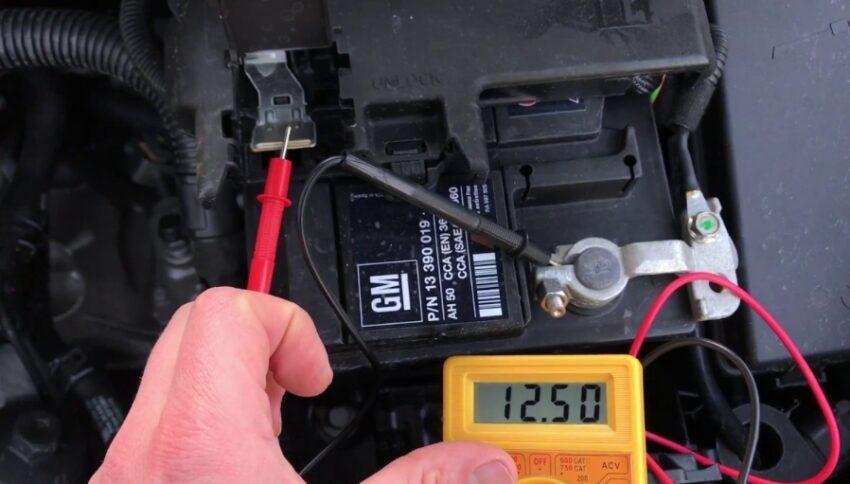Testing a battery is important to determine its state of health (SOH) and performance. Battery testing can help you assess whether a battery is functioning as expected or if it needs maintenance or replacement.
- Visual Inspection:
- Start with a visual inspection of the battery. Look for signs of physical damage, corrosion on terminals, loose connections, and any unusual bulges or leaks. If you notice any of these issues, address them before testing the battery.
- Voltage Test:
- Use a digital multimeter (DMM) or voltmeter to measure the battery’s voltage. Ensure that the battery is not under load during this test.
- For a lead-acid battery, a fully charged 12-volt battery should read around 12.6 to 12.8 volts. A 6-volt battery should read around 6.3 to 6.4 volts when fully charged.
- Compare the measured voltage to the manufacturer’s specifications or expected voltage levels for the battery type and state of charge.
- Load Test:
- A load test evaluates the battery’s ability to deliver current when under load, simulating real-world conditions.
- Use a load tester designed for batteries or a carbon pile load tester. Follow the manufacturer’s instructions for the specific tester you’re using.
- Apply a load to the battery for a specified duration (e.g., 15 seconds) while monitoring voltage. A healthy battery should maintain a voltage above a certain threshold during the test.
- Compare the test results to the manufacturer’s specifications to determine if the battery passes or fails.
- Specific Gravity Test (Lead-Acid Batteries):
- Specific gravity testing is applicable to lead-acid batteries. Use a hydrometer to measure the specific gravity of the battery’s electrolyte.
- Specific gravity values can vary depending on the battery’s state of charge. Refer to the battery manufacturer’s documentation for specific gravity values corresponding to various states of charge.
- Internal Resistance Test:
- Internal resistance testing can help assess a battery’s health and efficiency. Specialized battery analyzers can measure internal resistance.
- Lower internal resistance indicates a healthier battery.
- Capacity Test (Advanced):
- A capacity test provides a detailed assessment of a battery’s performance by measuring its discharge capacity. This test typically requires specialized equipment.
- It is especially useful for larger battery banks used in renewable energy systems or uninterruptible power supplies (UPS).
- Thermal Testing:
- Monitor the battery’s temperature during operation. Overheating can indicate problems with the battery, such as excessive internal resistance.
- Use a thermal imaging camera or infrared thermometer to identify hot spots.
- Cycle Testing (Advanced):
- For rechargeable batteries, such as lithium-ion batteries, cycle testing involves discharging and recharging the battery repeatedly to assess its long-term performance and lifespan.
- Consult Manufacturer’s Guidelines:
- Always consult the manufacturer’s documentation for the battery model you are testing. It may provide specific guidelines for testing and interpreting results.
- Professional Evaluation:
- If you are unsure about the testing process or if the battery is a critical component in an important application, consider consulting a professional technician or engineer with experience in battery testing and maintenance.
Regular battery testing and maintenance are essential to ensure the reliability and performance of batteries, especially in applications where they are critical, such as backup power systems, vehicles, and renewable energy installations.


